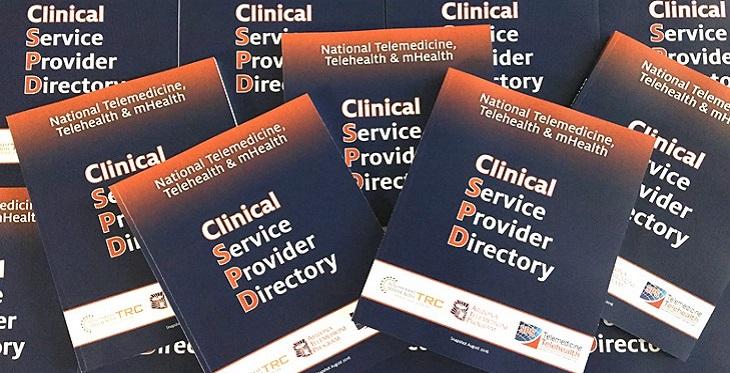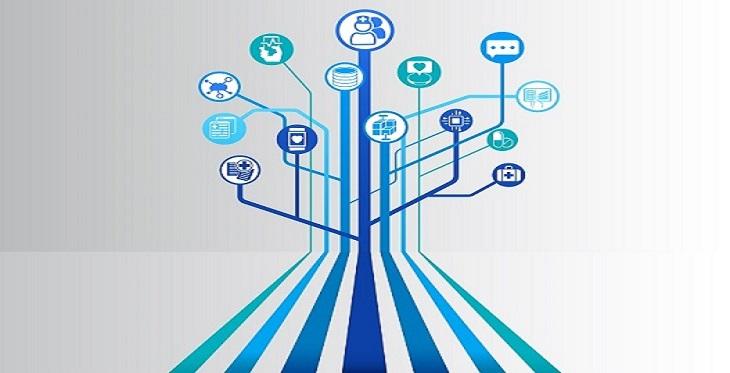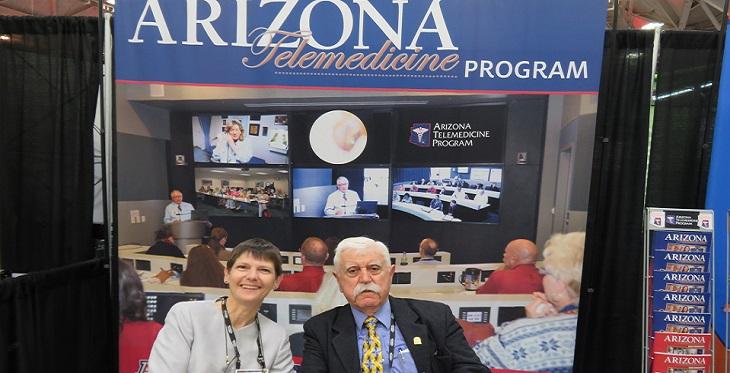In the beginning…
Using the strictest definition, telemedicine has been around since the ’60s. Initially it was medical professionals with a phone and a video screen consulting with one another. Since the users in question were both regulated and overseen by state boards of medicine, this use often didn’t require many additional rules or regulations.





